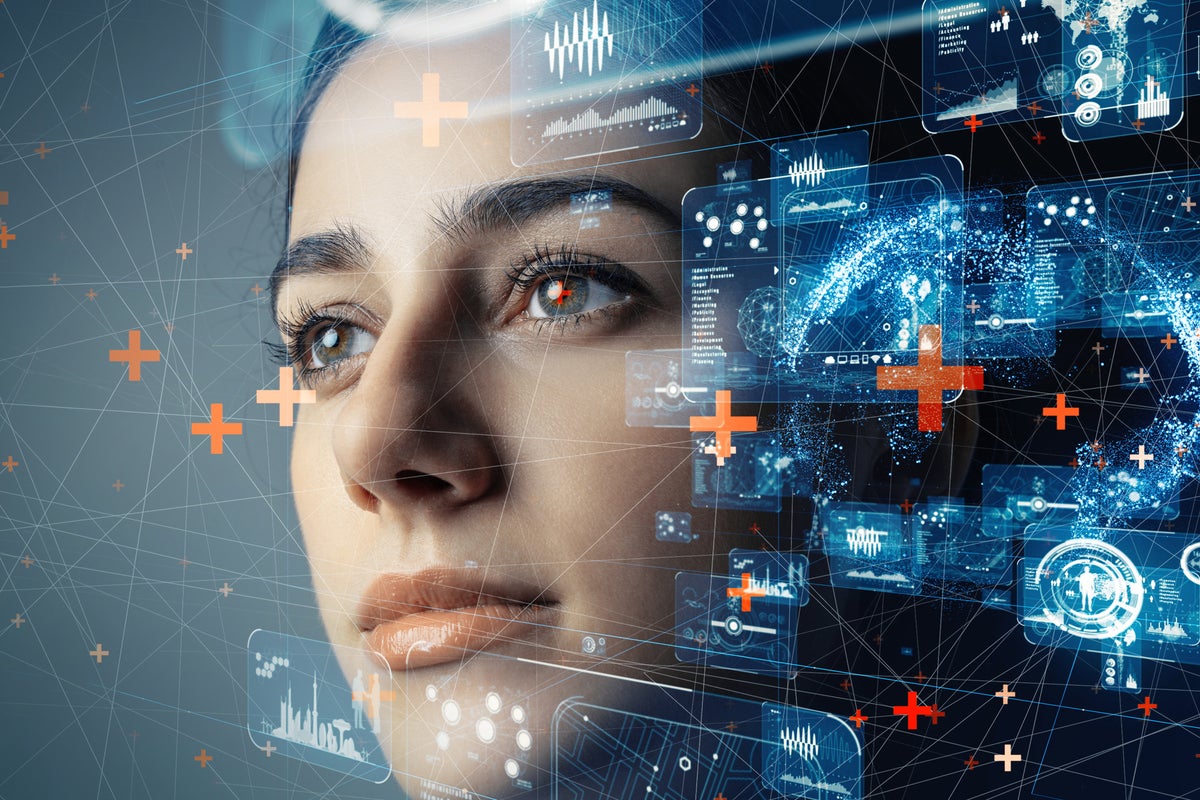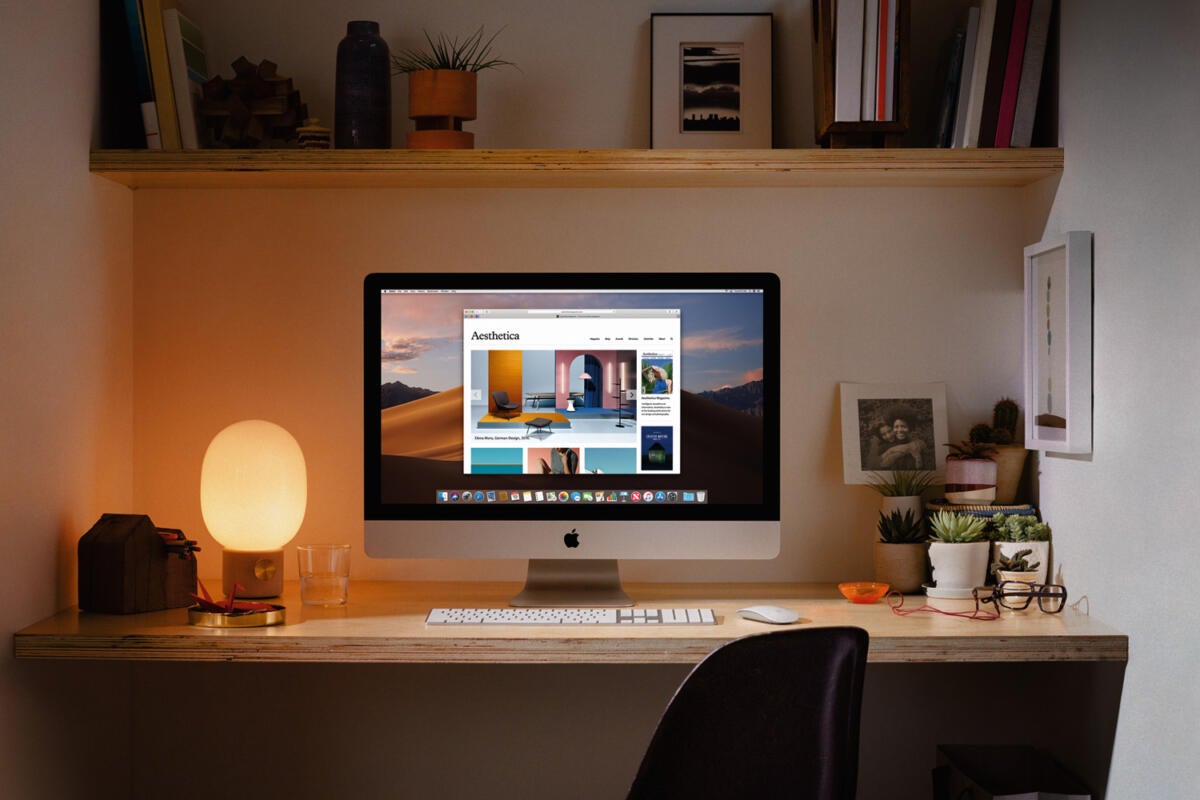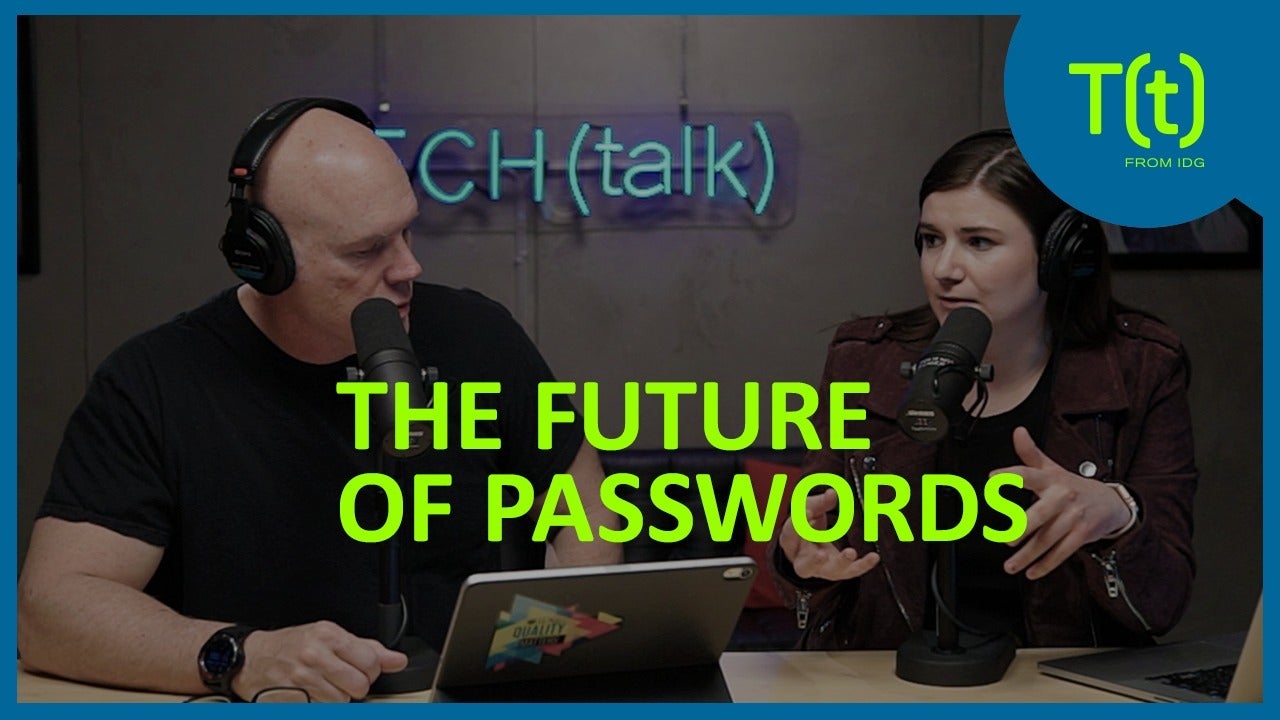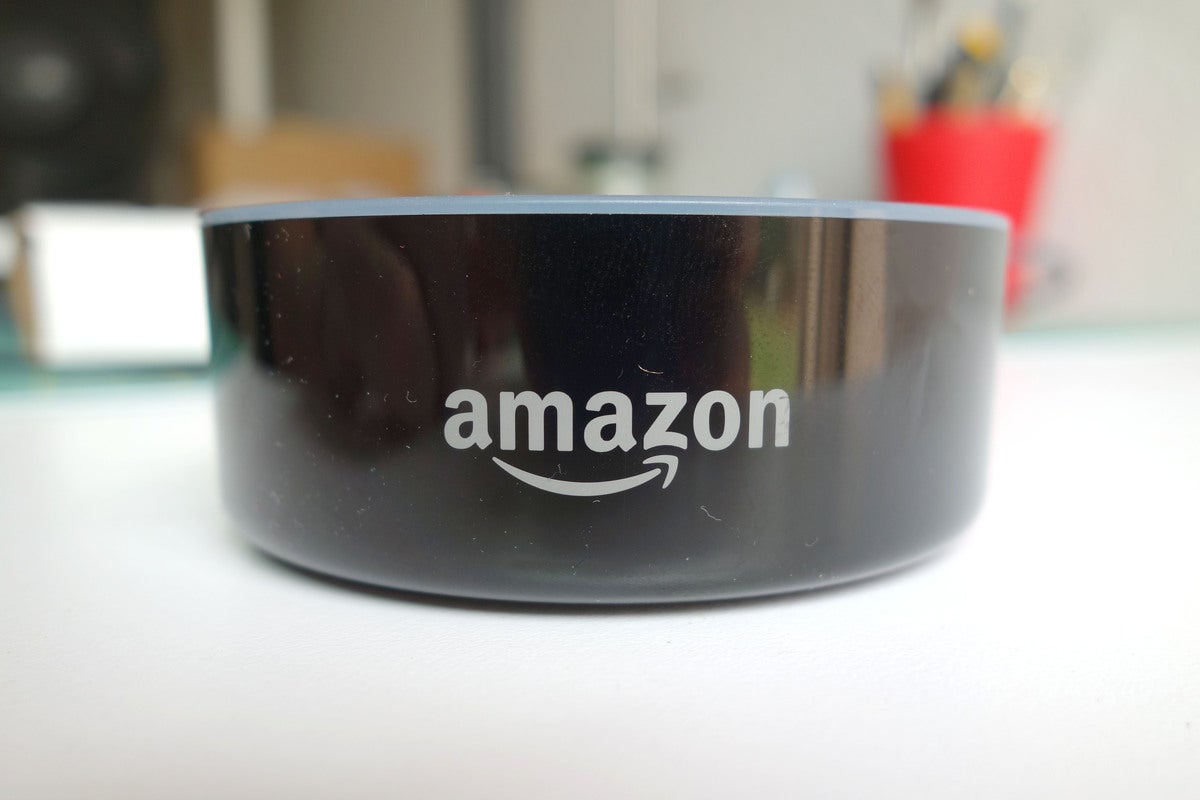7 smart steps to get your Android phone in tip-top shape for 2022

Credit to Author: JR Raphael| Date: Wed, 05 Jan 2022 03:00:00 -0800
Happy New Year! I don’t know about you, but I find the start of a fresh voyage around this shiny ol’ sun of ours to be a fine time for tidying up, optimizing, and getting good and organized for the months ahead. And while I’d love to pretend I’m the type of person who has one of those disgustingly pristine, clutter-free desks you see on the internet, let me be brutally honest: The physical space around me tends to resemble a half-abandoned hog parlor.
But my Android phone? My Android phone is as orderly as can be, gosh darn it. And if you ask me, that makes far more of a difference than the state of the physical space around me.
Our mobile devices are where we do so much of our actual work and contemplation these days, after all — and yet it’s all too easy to overlook the importance of maintaining an optimal arrangement for both productivity and security within ’em. So now, as we gaze ahead at the promise-filled 2022 calendar, join me in taking 10 minutes to get your own trusty Android phone fine-tuned and fully ready for the coming year.






